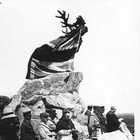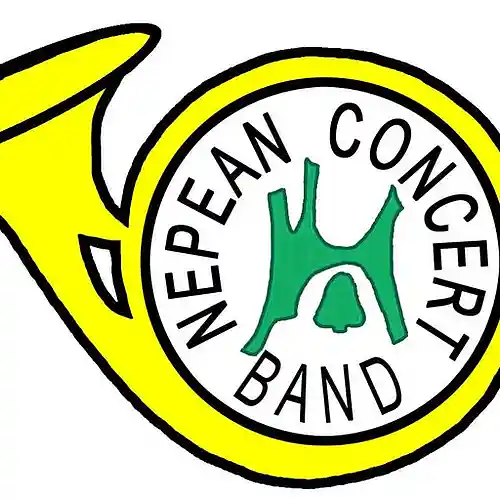

Concert Band
Community Band
Nepean Ottawa Ontario
Nepean Concert Band (NCB)
are Wednesday evenings, 7:30to 9:30 PM, at the Nepean Creative Arts Centre, 35 Stafford Road, Ottawa, Ontario.
The NCB is always open to new members.
The NCB is a provincially-registered non-profit organization and depends upon membership fees, concert revenue, and sponsorship from patrons in the public and private sectors, to pay for the necessities such as conductor's honorarium, rehearsal space rental, equipment maintenance and the purchase of quality concert band arrangements.
Song Info
Track Files
Story behind the song
Comments